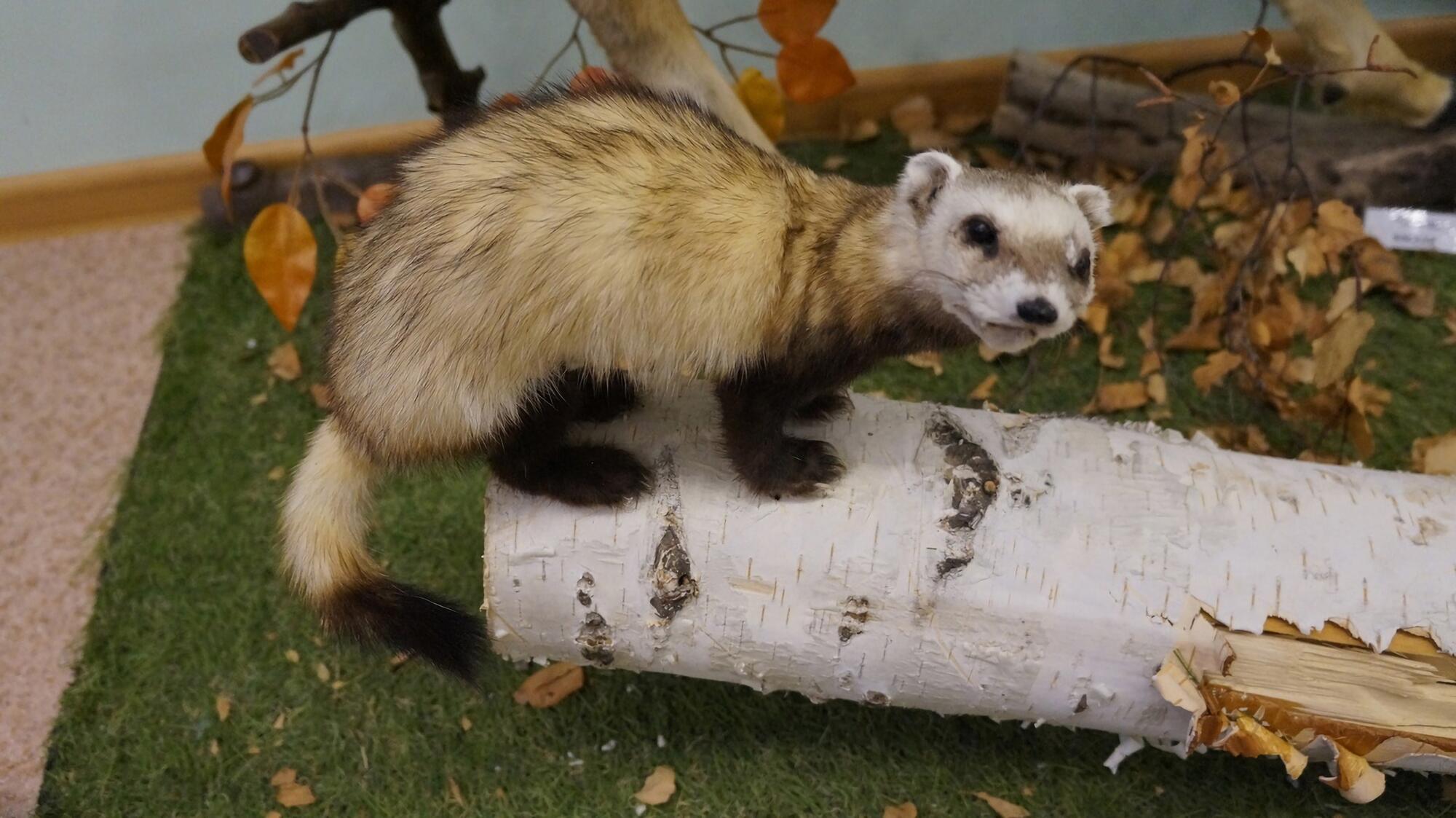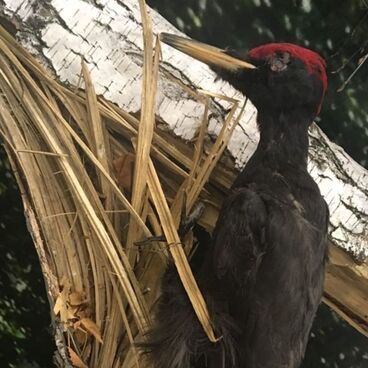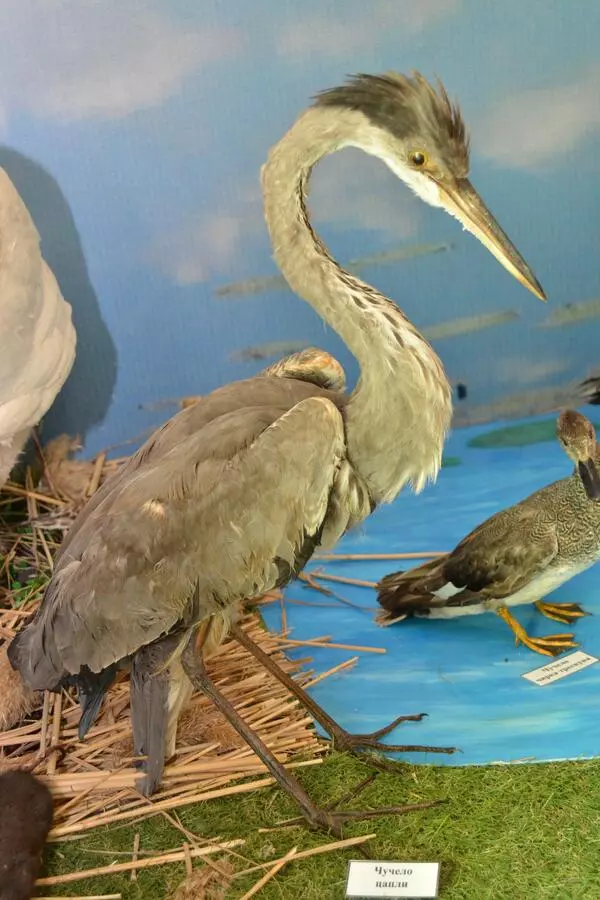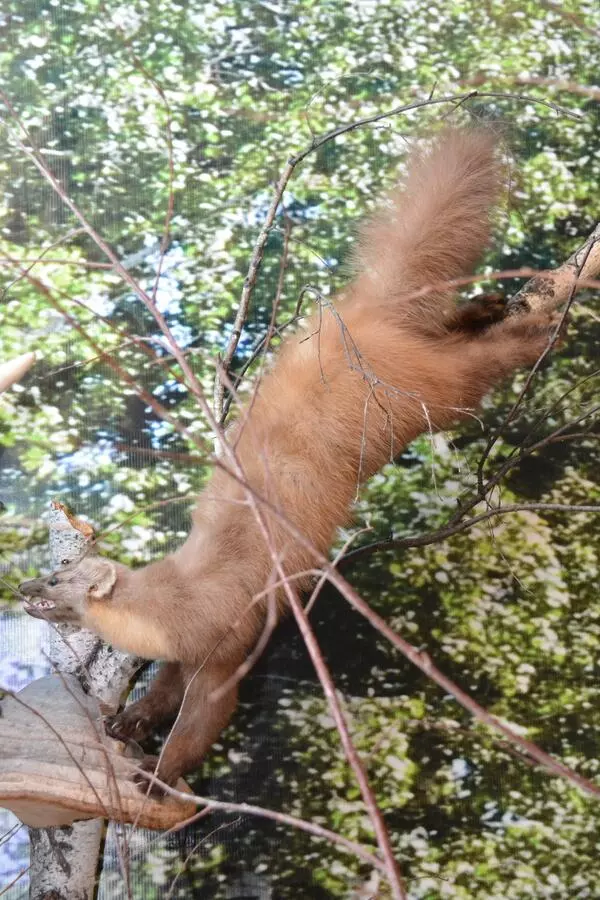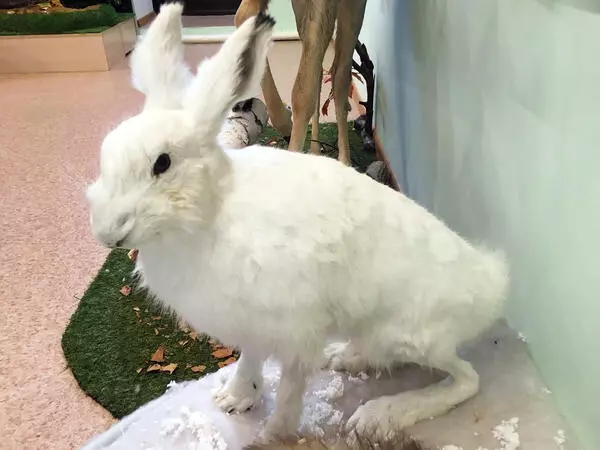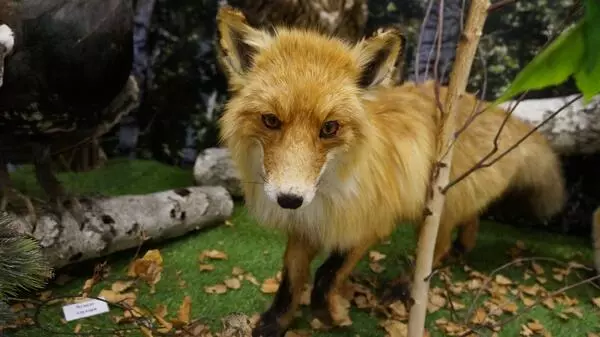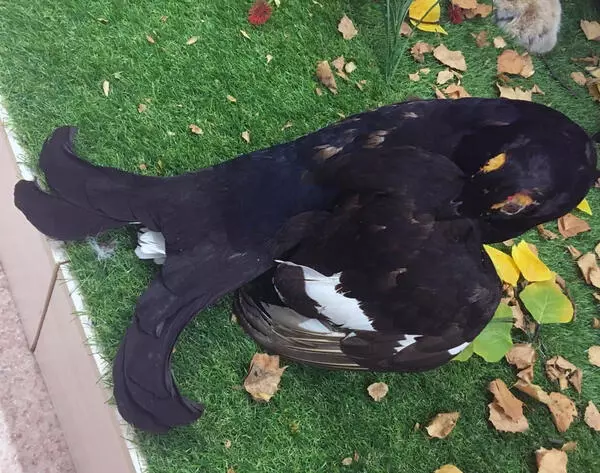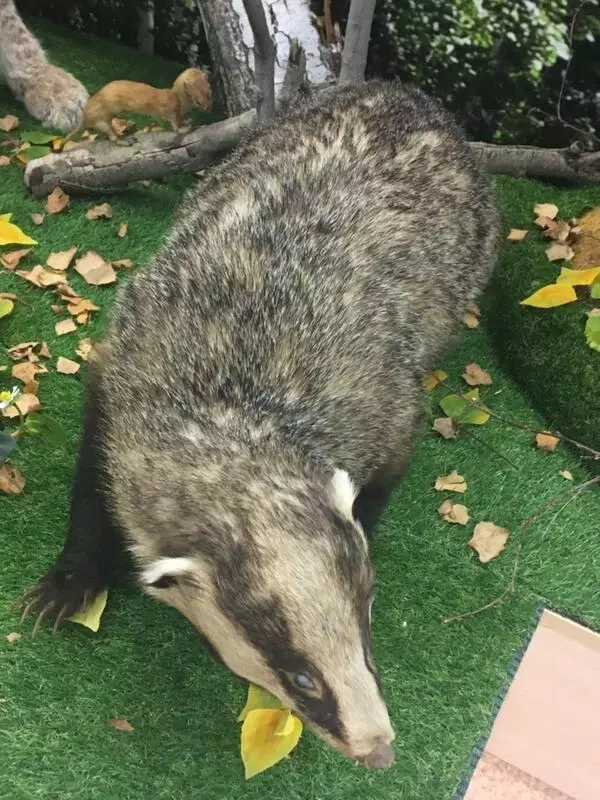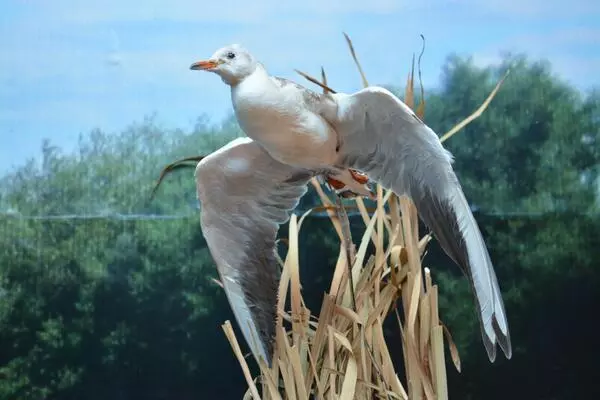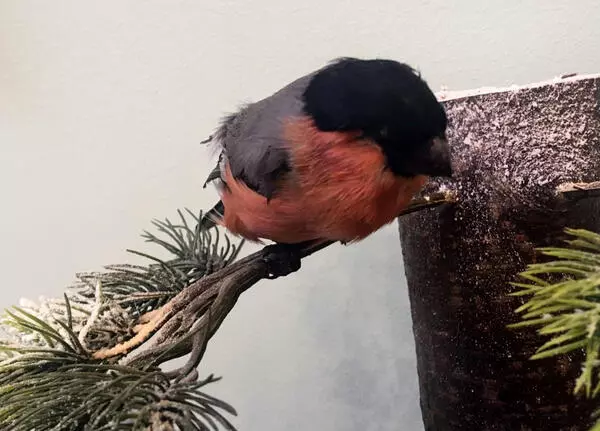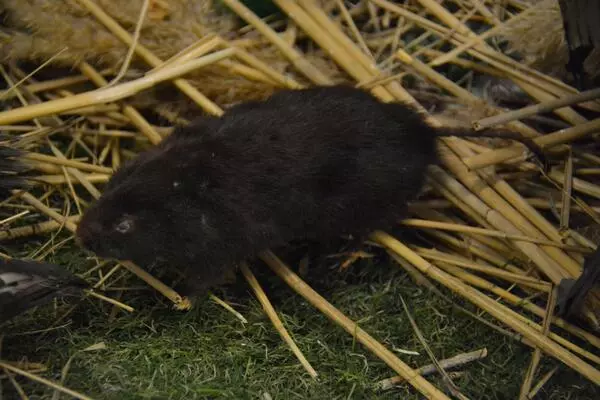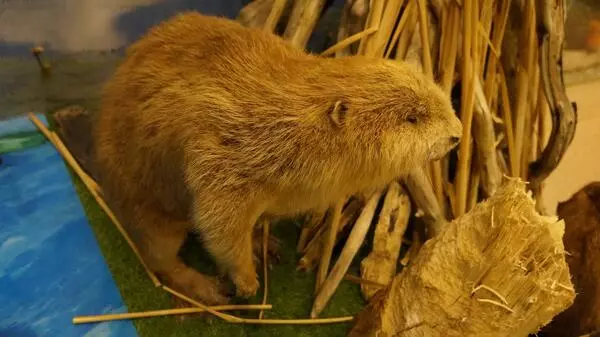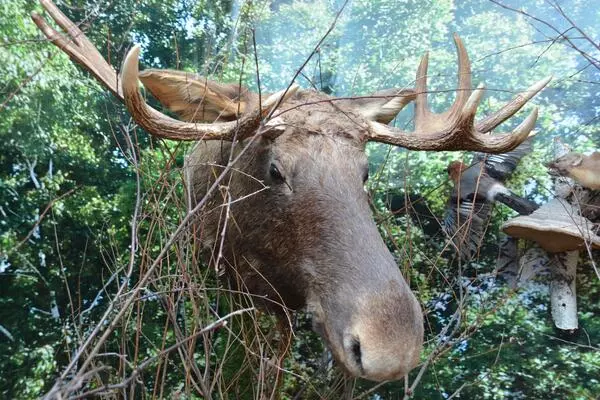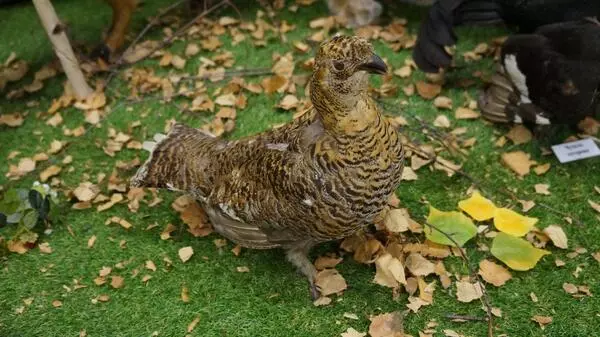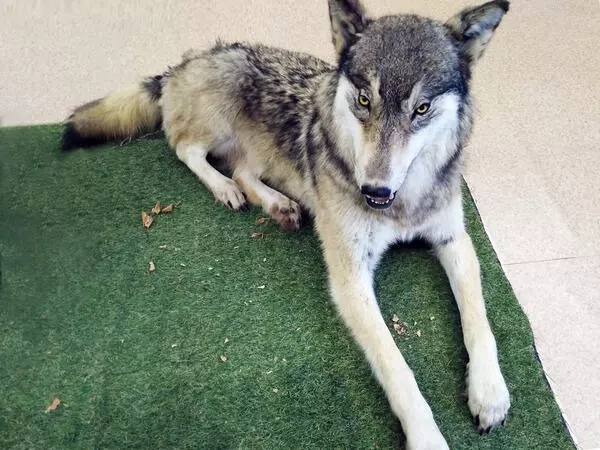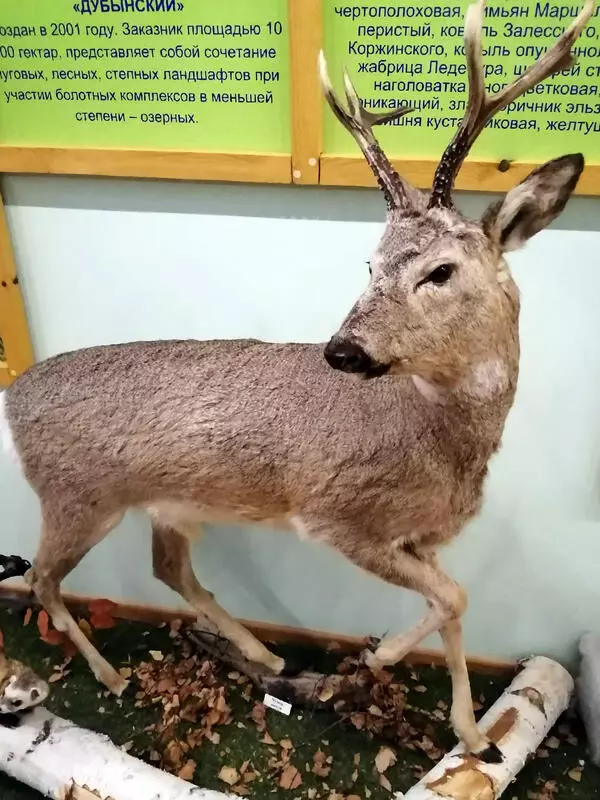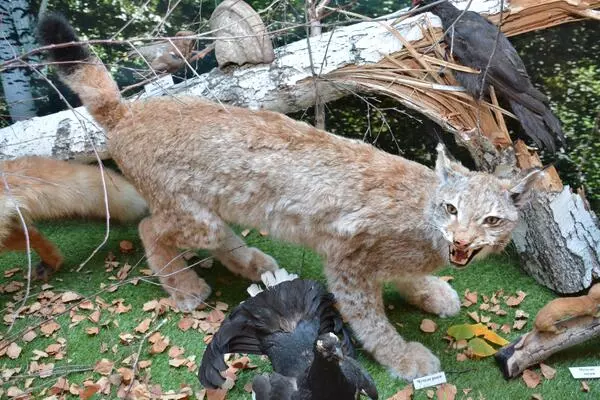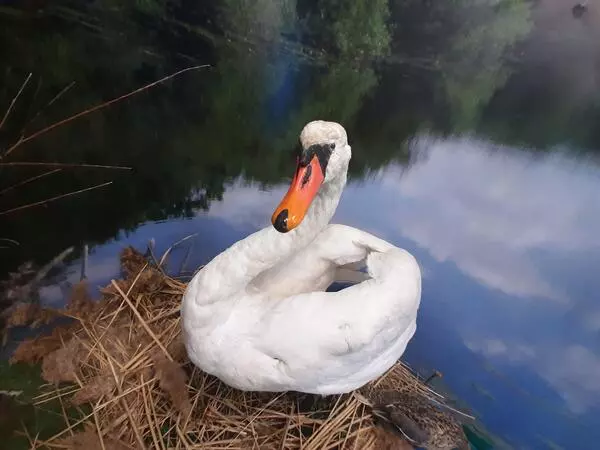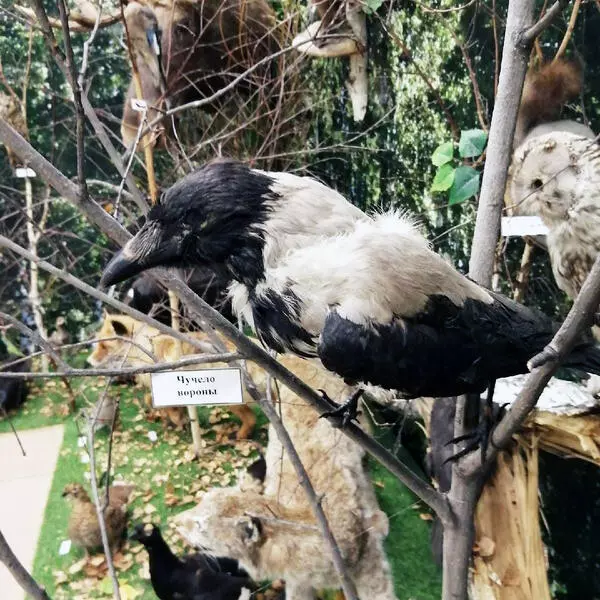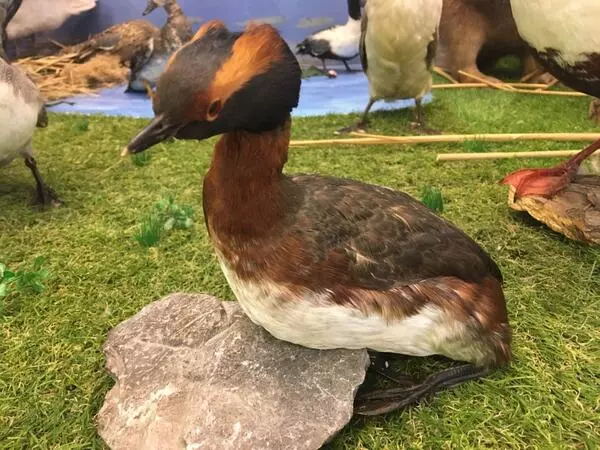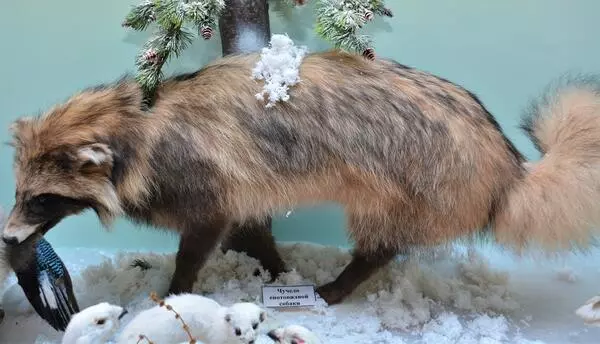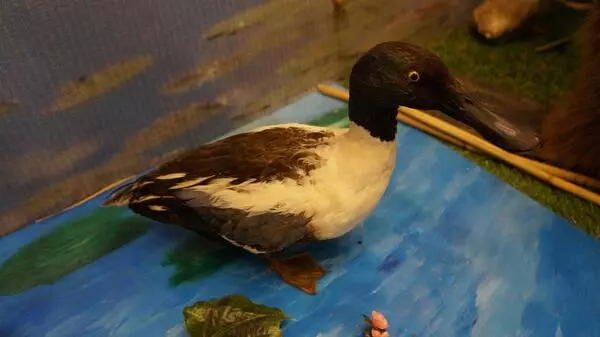The polecat is a predator in the Mustelidae \ˌməˈsteləˌdi\ family. The average body length of adult males is about 50 centimeters, while females are always smaller and can reach a length of 40 centimeters. The polecat’s weight depends on the species and varies from 300 grams to two kilos. The polecat has a long and slender neck, a small oval head, and a stretched-out snout somewhat blunt on the nose. The polecat can boast of a fluffy tail measuring 13 to 18 centimeters in length.
Like most mustelids, the polecat has a long and flexible body that looks squat because of its disproportionately short legs. The polecat’s legs are powerful and muscular, enabling the animal to move in jumps with ease and making it a perfect swimmer. Its toes end in long and strong claws that allow the polecat to climb trees and dig deep burrows.
The predator is nocturnal and preys primarily on moles, voles, shrews, and other small rodents. The polecat also feeds on amphibians, such as frogs, lizards, and newts. It can also attack hedgehogs despite their sharp spines. The polecat is also known to plunder bird nests often to feed on eggs and hatchlings. Its sneaking skills allow the polecat to prey birds. The polecat has no fear of snakes either. Even when the polecat is not hungry, it hunts to store the food in a hidden place.
The polecat’s mating season starts in spring or, more rarely, in the second half of June. Usually, four to six blind helpless cubs are born. Even before she stops nursing her cubs, a polecat female starts feeding them meat. A polecat mother is fearless when protecting her offspring from any danger.
Some say that Lady with an Ermine—a portrait ostensibly by Leonardo da Vinci—pictures not a polecat, but an albino ferret (domesticated polecat). Besides, a researcher discovered a layer in the portrait with no polecat and another layer with a smaller gray animal using the Layer Amplification Method between 2011 and 2014.
Ferrets are mostly used as pets or game animals. Indoors, the ferret usually replaces a cat. Outdoors, it helps to hunt rabbits—a ferret with a bell around its neck is let off in a burrow to chase the fearful prey out.
Like most mustelids, the polecat has a long and flexible body that looks squat because of its disproportionately short legs. The polecat’s legs are powerful and muscular, enabling the animal to move in jumps with ease and making it a perfect swimmer. Its toes end in long and strong claws that allow the polecat to climb trees and dig deep burrows.
The predator is nocturnal and preys primarily on moles, voles, shrews, and other small rodents. The polecat also feeds on amphibians, such as frogs, lizards, and newts. It can also attack hedgehogs despite their sharp spines. The polecat is also known to plunder bird nests often to feed on eggs and hatchlings. Its sneaking skills allow the polecat to prey birds. The polecat has no fear of snakes either. Even when the polecat is not hungry, it hunts to store the food in a hidden place.
The polecat’s mating season starts in spring or, more rarely, in the second half of June. Usually, four to six blind helpless cubs are born. Even before she stops nursing her cubs, a polecat female starts feeding them meat. A polecat mother is fearless when protecting her offspring from any danger.
Some say that Lady with an Ermine—a portrait ostensibly by Leonardo da Vinci—pictures not a polecat, but an albino ferret (domesticated polecat). Besides, a researcher discovered a layer in the portrait with no polecat and another layer with a smaller gray animal using the Layer Amplification Method between 2011 and 2014.
Ferrets are mostly used as pets or game animals. Indoors, the ferret usually replaces a cat. Outdoors, it helps to hunt rabbits—a ferret with a bell around its neck is let off in a burrow to chase the fearful prey out.
